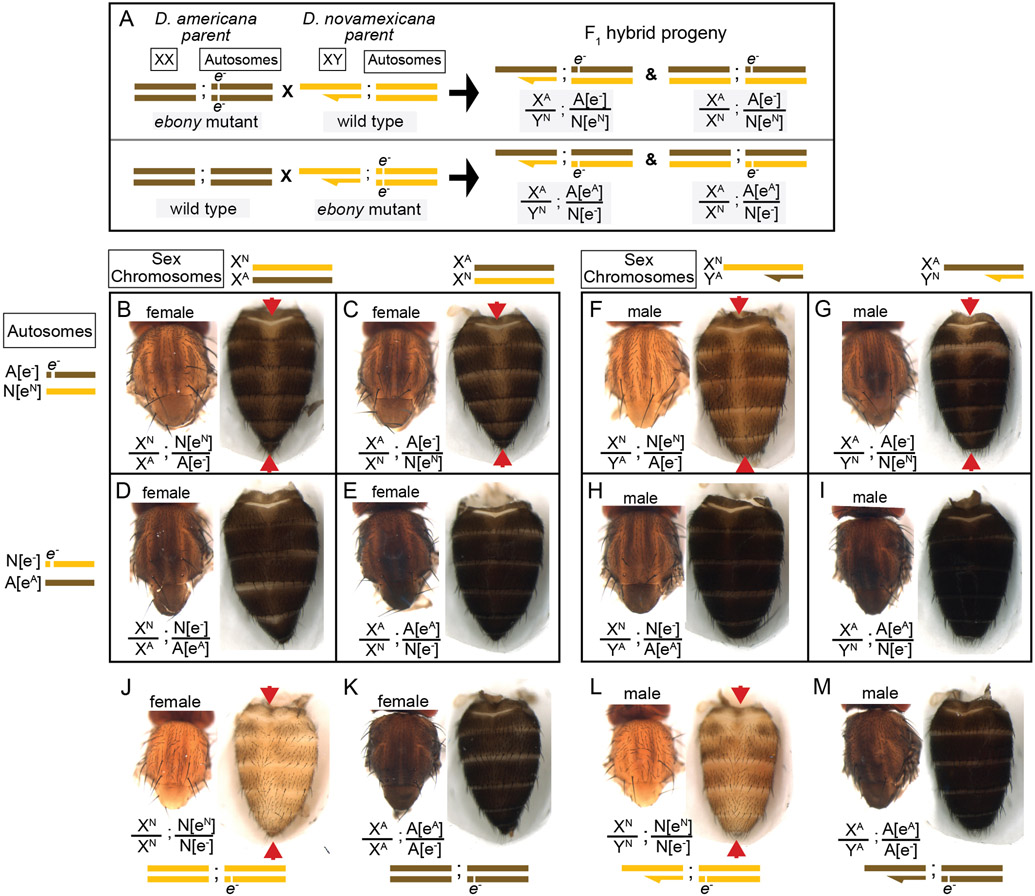Figure 4. Reciprocal hemizygosity testing shows effects of ebony divergence between D. americana and D. novamexicana on body pigmentation.
(A) Schematic shows representative sex chromosomes (XX and XY) and autosomes of the parents and progeny of reciprocal hemizygosity crosses, along with the genotypes of the progeny. Although a single autosome is shown for simplicity, these species have five autosomes. Superscript “A” and “N”, as well as brown and yellow colored bars, indicate alleles and chromosomes from D. americana and D. novamexicana, respectively; e− indicates an ebony null allele. Although the schematic illustrates the crosses only with D. americana as the female parent, the same crosses were performed with sexes of the parental species reversed. (B-I) Dorsal thorax and abdomen phenotypes are shown for female (B-E) and male (F-I) progeny of reciprocal hemizygosity crosses. Genotypes of autosomal and sex chromosomes are shown to the left and above panels B-I, respectively, using the same schematic notation as in panel A. Individuals in B, C, F, and G carry a wild-type copy of D. novamexicana ebony allele, whereas individuals in panels D, E, H, and I carry a wild-type copy of the D. americana ebony. (J-M) Dorsal thorax and abdomen phenotypes are shown for female (J, K) and male (L, M) flies heterozygous for the ebony null allele in D. novamexicana (J, L) and D. americana (K, L) for comparison to flies shown in panels B-I, which also all carry one null and one wild-type ebony allele. Red arrowheads in panels B, C, F, G, J, and L highlight the reduced dark pigmentation in the abdomen along the dorsal midline relative to lateral regions.

